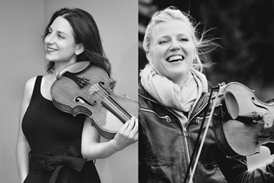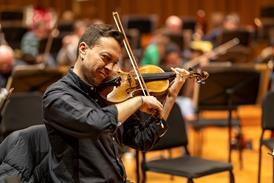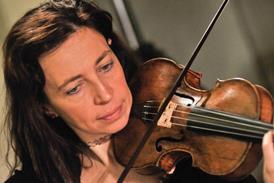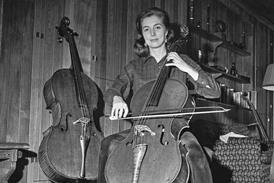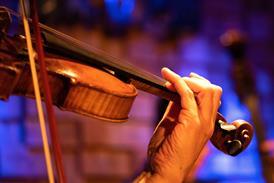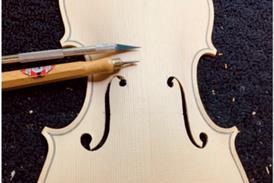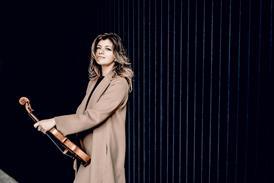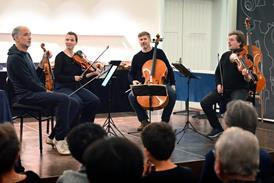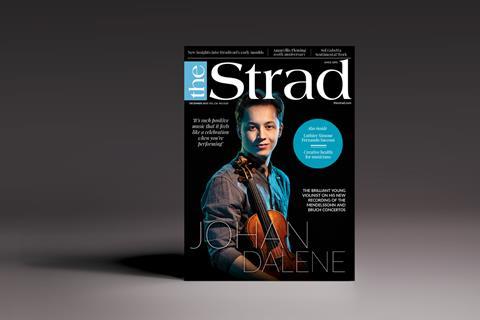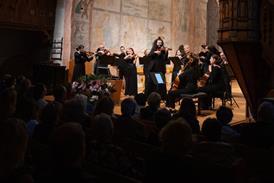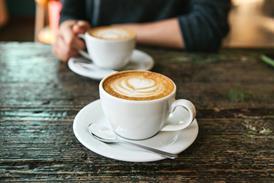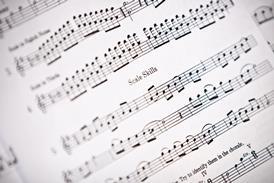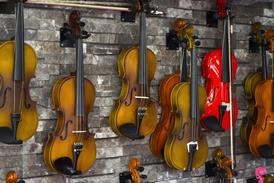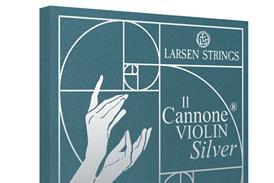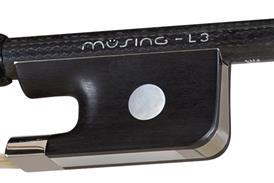- News
- For Subscribers
- Student Hub
- Playing Hub
- Directory
- Lutherie
- Magazine
- Magazine archive
- Whether you're a player, maker, teacher or enthusiast, you'll find ideas and inspiration from leading artists, teachers and luthiers in our archive which features every issue published since January 2010 - available exclusively to subscribers. View the archive.
- Jobs
- Shop
- Podcast
- Contact us
- Subscribe
- School Subscription
- Competitions
- Reviews
- Debate
- Artists
- Accessories
‘A constant exchange of knowledge’ - My Space: Julia Jostes & Simon Eberl

Take a peek into the couple’s Lübeck workshop
Discover more lutherie articles here
Read more premium content for subscribers here
We moved to Lübeck in Germany’s far north in 2016. Before that we both lived in Berlin, and as we’d moved around a lot when we were younger, we had no ties to any particular town. We chose Lübeck because it has a beautiful old town, it’s by the sea, there are good connections to Denmark and Scandinavia, and we can easily travel to Hamburg. It’s also a very musical town with a good concert hall and a lively tradition of chamber music. It’s common to have concerts in people’s houses, and we hosted one ourselves in 2019, as part of a chamber music festival in the town. We haven’t done that since the pandemic, but maybe it’s time we did! Importantly, there’s also a conservatoire and the students often come in for bow rehairs. We’ve sold the occasional instrument to students as well…
Already subscribed? Please sign in
Subscribe to continue reading…
We’re delighted that you are enjoying our website. For a limited period, you can try an online subscription to The Strad completely free of charge.
* Issues and supplements are available as both print and digital editions. Online subscribers will only receive access to the digital versions.

